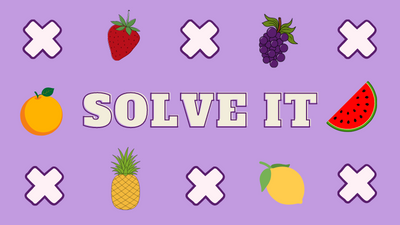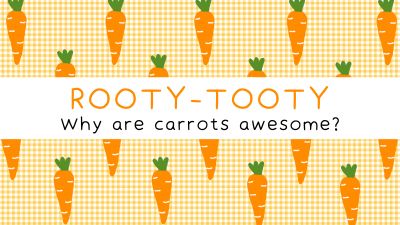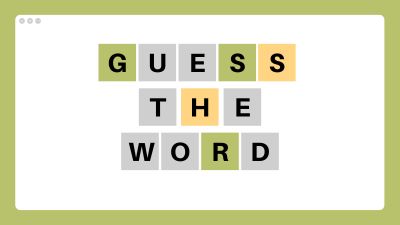If you love the deep blue, consider a career as an oceanographer when you grow up. Read on.

Ocean currents, marine ecosystems, plate tectonics … Are you fascinated by the deep blue? Scroll through these slides to learn about what an oceanographer does.
Read on to know more about the marvellous Sun Temple at Konark and try your hand at this activity.

Imagine a 100-foot high chariot with 24 wheels – each 12 foot in diameter – being pulled by seven horses! Yes, we are talking of the Sun Temple at Konark, Odisha. In the late 17th century, European soldiers sailing up the eastern coast of India referred to it as the Black Pagoda, as they caught a glimpse of its tower rising up from inland.

Built in the 13th century by Narsingha Deva I of the Eastern Ganga dynasty, the Sun Temple is built in the classic Kalinga style of architecture. The structure is meant to represent the journey of the Hindu Sun God Surya across the sky. The beauty of the Sun temple lies in the fabulous carvings and reliefs that decorate the walls from the base to the top. Apart from sculptures of Hindu gods and characters from mythology, the carvings show a king receiving counsel, hunting, battles, people travelling in caravans, travellers cooking on the roadside, and celebrations.

Over time, the temple fell into ruins. It is not clear whether this was due to natural wear and tear or damage caused by wars. Partially restored during the colonial era and after independence, the monument was listed as a UNESCO World Heritage Site in 1984.
Fun facts
Written records of the temple’s planning and construction were discovered in the 1960s, making it one of the few temples to have such data.
The Sun temple is one of Odisha’s Golden Triangle: the other two being the Jaganatha temple at Puri and the Lingaraja temple at Bhubaneshwar.
Three types of stone went into the making of the temple: Chlorite, Laterite and Khondalite. However, none of these are found around the area. So they must have been brought from more distant places. The stones have been cut and polished to a point that the joints are barely visible.
Behind this marvel of architecture were the architects who worked to bring this vision to life. Now here’s a word game based on the word ARCHITECT. How many words can you make from this? Here’s a clue: the list has 1 nine-letter word; 2 eight-letter words; 5 seven-letter words; 5 six-letter words; 7 five-letter words and 5 four-letter words. Remember you have to use the central letter in all your words. Get set and go!
Eating fruits is not only healthy but also a fun way of getting your daily dose of vitamins. Now try your hand at this activity.

If you want a vitamin-rich diet, you must eat fruits like oranges, mangoes, strawberries, kiwis, papayas and blueberries. They are excellent sources of Vitamin A, C and other essential nutrients.
Citrus fruits like oranges and grapefruit are well known for their high Vitamin C content. Mangoes are a good source of both Vitamin A and C. Papaya is rich in Vitamin A, C, and E. Bananas, on the other hand, are rich in potassium and other nutrients.
Here are some fruits that are rich in vitamins. Can you place them correctly in the grid?
How to play:
A Picdoku is just like a Sudoku, but with pictures instead of numbers. Fill up the grid in such a way that each fruit appears only once in every row, column and 2*3 grid.
It’s easy to make mistakes while writing. One letter missed or an apostrophe in the wrong place … Can you spot the errors in these sentences?


The six sentences below have a mistake in each one: grammatical, spelling or punctuation. Can you spot them all?
Did you know we have a special day to celebrate carrots? April 4 is World Carrot Day. Read on.


Fresh, fun and full of nutrition … This World Carrot Day (April 4), hear straight from the crunchy veggie itself.
Six questions for a mid-week quiz. Get started and see how many answers you can guess correctly.

A general knowledge quiz to jog your grey cells. How many questions can you answer?
Is it magic? No, it’s Maths! Watch this video to learn about the super-cool rule that helps you solve right-angled triangle puzzles.


Can you guess the word we’re talking about? Hint: it’s connected to Nature. Solve the puzzle in as few attempts as possible.


It’s a cycle of Nature. Plants and trees are important because they help make seeds, which grow into new plants. They directly and indirectly give food to bees, butterflies, and birds. They also make the world colourful and fresh, and some even turn into fruits we eat!
This activity is connected the world of Nature. You have to guess the word using the rules below.
How to play
You have to guess the hidden word in as few attempts as possible. You have up to 6 attempts. After each attempt, letters will be shown in three colours. If the letter is green, it is present in the word and is in the right place. If the letter is yellow, it is present in the word but is not in the right place. If the letter is grey, then it is not present in the word.
An interactive crossword that makes you deep dive into fitness. Can you fill in all the words correctly?

What are warm-ups? What is the M in BMI? Find out all this and more in this fun crossword.
April 1 is All Fools’ Day, a day of jokes, tricks and more. Here are some pranks that became world famous.

Making a fool of people can be fun. But what happens when such tricks go down in world history? With April Fools’ Day around the corner, read on to learn about some pranks that became world famous.













